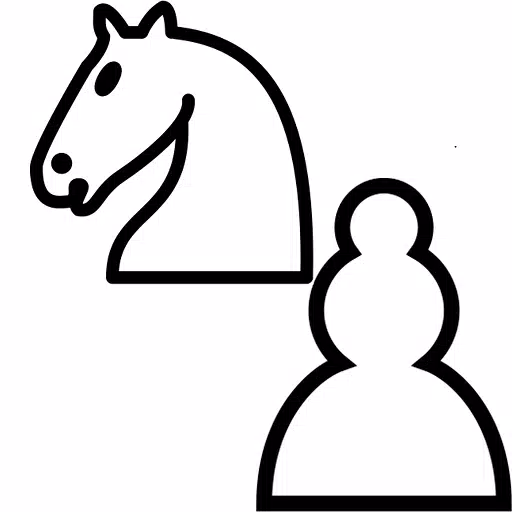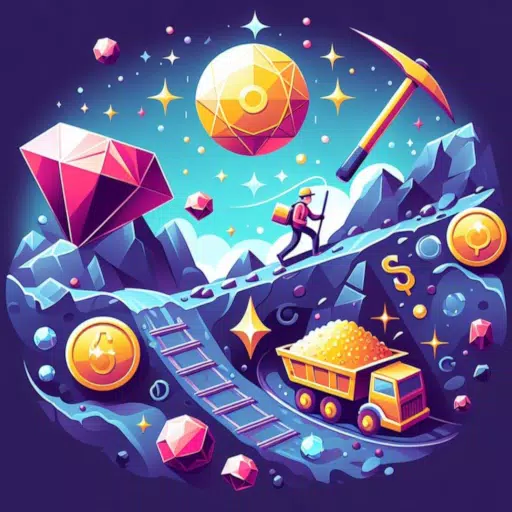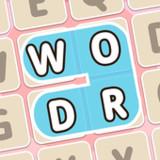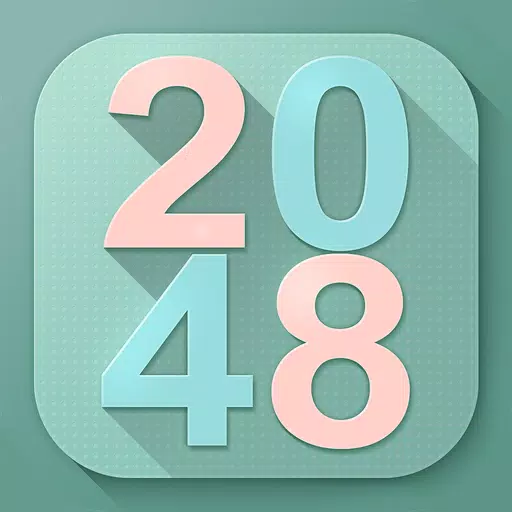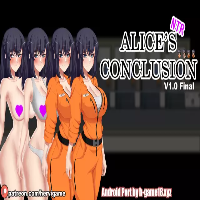To address your request for a chess knight's tour to capture pawns, I'll provide a structured approach to the game you've described. Let's break it down by difficulty level, starting with the easiest and moving to the most challenging.
Game Rules Recap:
- The knight (horse) must capture all pawns once and only once.
- Pawns are eliminated from the board once captured.
- The knight moves in an "L" shape (two squares in one direction and one square perpendicular).
- Pawns are fixed but change position with each pattern.
- The knight must continue capturing until all pawns are taken.
- Commands: "back" to undo a move, "reset" to restart the pattern.
- Hints can be provided for the first (green) and last (blue) pawns to capture.
Difficulty Levels and Strategies:
Easy (6 Pawns)
- Pattern: A simple pattern where pawns are placed in a way that allows the knight to capture them in a straightforward sequence.
- Hint for First Pawn (Green): Start with the pawn at the edge of the board to maximize your movement options.
- Hint for Last Pawn (Blue): End with a pawn that is easily accessible from the second-to-last pawn.
Medium (10 Pawns)
- Pattern: A more complex arrangement requiring careful planning.
- Hint for First Pawn (Green): Begin with a pawn that allows you to move towards the center of the board.
- Hint for Last Pawn (Blue): Choose a pawn that is near the edge but still reachable from the center.
Hard (20 Pawns)
- Pattern: A challenging setup that requires strategic foresight.
- Hint for First Pawn (Green): Start with a pawn that opens up multiple paths for subsequent moves.
- Hint for Last Pawn (Blue): Select a pawn that is part of a smaller cluster, ensuring you can reach it without backtracking.
Master (50 Pawns)
- Pattern: An intricate and demanding layout that tests your ability to plan several moves ahead.
- Hint for First Pawn (Green): Begin with a pawn that is part of a larger group, allowing you to clear a significant portion of the board early.
- Hint for Last Pawn (Blue): End with a pawn that is isolated but still within the knight's reach from the second-to-last pawn.
Example of a Simple Pattern (Easy Level):
Let's assume the pawns are placed on a chessboard as follows (using standard algebraic notation):
- Pawns: a2, b4, c3, d5, e4, f2
- Knight's Path: Start at g1 (outside the board for simplicity)
- Move to f3 (capture e4)
- Move to d2 (capture c3)
- Move to e4 (capture d5)
- Move to c3 (capture b4)
- Move to a4 (capture a2)
- Move to b2 (capture f2)
First Pawn (Green): e4 Last Pawn (Blue): f2
Commands:
- back: If you make a mistake, use "back" to undo the last move.
- reset: If you want to start over, use "reset" to restart the pattern.
This structured approach should help you navigate the game at various difficulty levels. Remember, the key is to plan your moves carefully, especially as the number of pawns increases.

